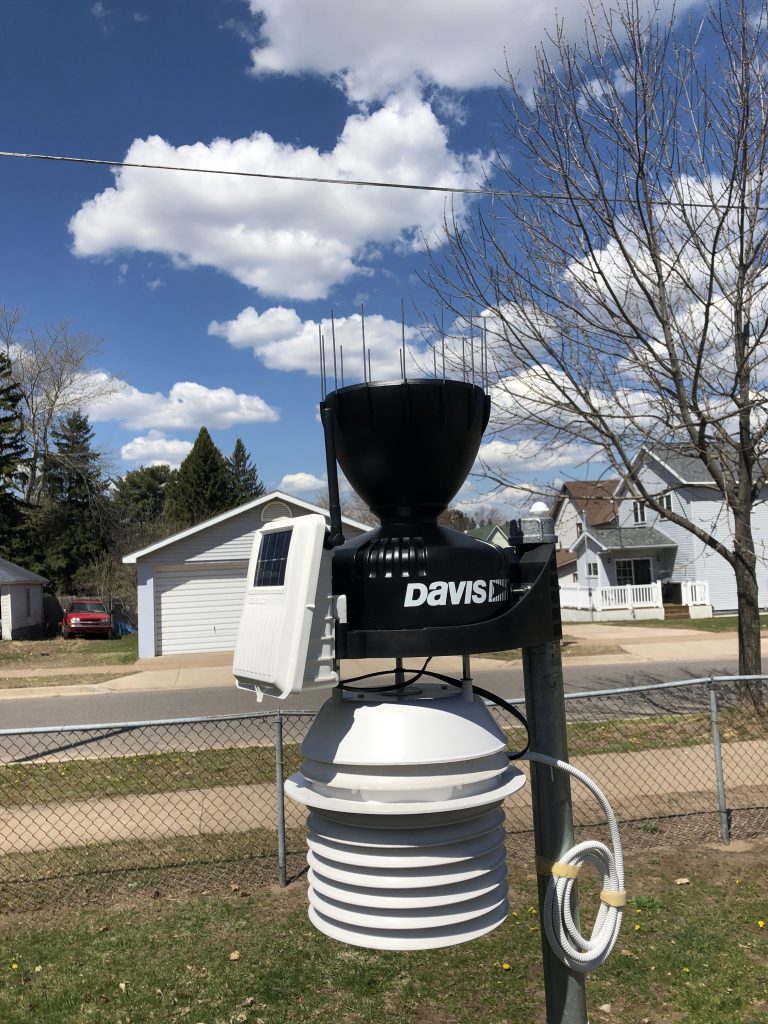It appears our humidity sensor’s maximum value has lowered over time. This is, unfortunately, common with our particular weather station’s sensor. The process is accelerated by 24 hour fan aspiration. We’ve seen this behavior in 3 other units we’ve deployed in the past.
When we first installed this sensor last July, the top possible humidity reading was 98%. The ceiling has since lowered to 96%.
After a round of tests using an independently calibrated device yesterday & today, and in an effort to stay within +/- 3% of true ambient humidity, we’ve programmed adjustments to the following humidity readings:
- 94% +2% = 96%
- 95% +3% = 98%
- 96% + 4% = 100%
Because we use a 5 minute rolling average for humidity at times you will see values between 96%, 98%, and 100%.
The good news is, based on experience with this sensor model, the biases should now be fairly solidified and predictable.
The bad news is that when humidity starts to descend from persistently moist conditions (>95% and >2 hours) the sensor can lag because of moisture uptake within the protective housing. Our programmed offsets exaggerate this process. We believe it’s more important to properly indicate the arrival of fog & dew than the drier air that immediately follows.
As always, though, we will test to verify sensor performance every so often and adjust accordingly.
****
NOTE: We send corrected humidities to CWOP & Weather Underground.
UPDATE 5/28/19: After an overnight period of saturated air, discovered the sensor’s ceiling is actually 96%; corrected offsets.

